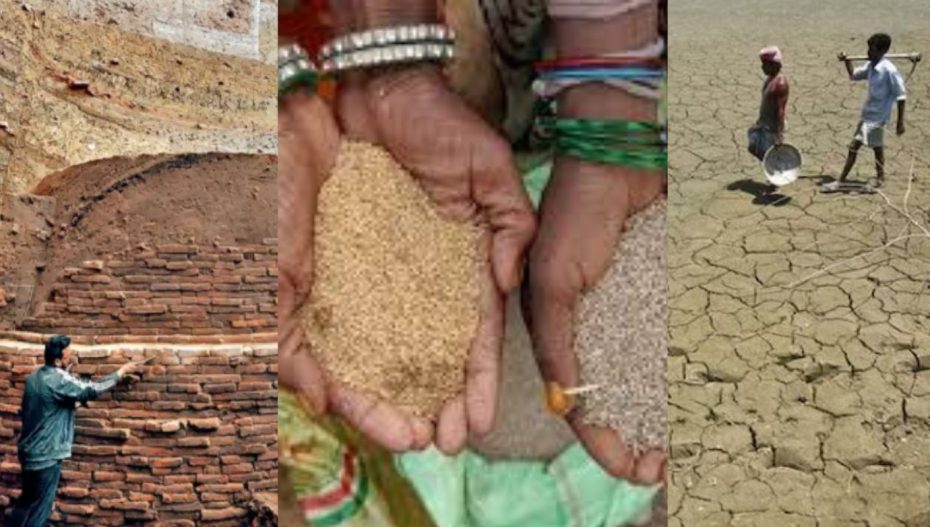Archaeological evidence paints a picture of early inhabitants enjoying a balanced diet of rice, pulses, fiber crops, barley, and a small portion of millets. However, the Solanki era (around 1,000 years ago) saw a dramatic shift, with rice dominating 85% of their plates.
But then came a turning point. The Sultanate and Mughal rule witnessed a remarkable comeback of millets, which constituted a whopping 98% of the total grains consumed. This wasn’t a fad; it was a matter of survival.
Archaeologists studying Vadnagar, led by Dr. Anil K. Pokharia, senior scientist at Birbal Sahni Institute of Palaeosciences, Lucknow, have unearthed a hidden message within these ancient grains. Their study, published in the prestigious Quaternary Science Advances journal, reveals how millets became the lifeline of the region during centuries-long droughts.
“Vadnagar offers a unique window into the past, with 2,000 years of continuous archaeological records,” explains Dr. Pokharia. “The shift from pulses and rice to rice and then to millets tells a story of changing weather patterns, with farmers adapting to decreasing rainfall by embracing drought-resistant crops.”
This isn’t an isolated instance. Similar trends have been observed in other sites like Chandravati near Mount Abu, Rajasthan, suggesting a wider adaptation across western India’s arid and semi-arid climate.
Dr. Abhijit Ambekar, superintending archaeologist of the Archaeological Survey of India working at Vadnagar, adds, “Evidence like calcrete deposits and the legend of Shakambhari Devi, the goddess of vegetation, point towards a society facing water scarcity and adopting resilient crops. Millets weren’t just food; they were the key to survival.”
As the world grapples with climate change and its impact on agriculture, Vadnagar’s story offers a valuable lesson. In the face of adversity, millets, once considered “poor man’s food,” have emerged as a beacon of hope, showcasing their potential to ensure food security in a water-stressed future. The UN’s declaration of 2023 as the International Year of Millets couldn’t have been more timely, and Vadnagar stands as a testament to their enduring power.
Saurashtra Cricket Stadium to be Named After Niranjan Shah on February 14th. Read More












